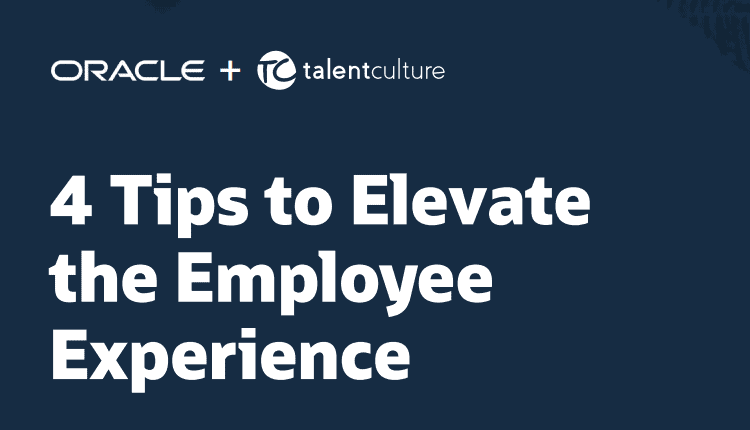Benefits of the Consistent Hybrid Cloud

 Sponsored By: Dell Technologies
Sponsored By: Dell Technologies Over the past decade, cloud computing has grown to become an integral part of the enterprise IT environment. But this growth has also introduced new challenges. Driven by business strategy and technical requirements, enterprises are now deploying workloads across multiple public, private, and edge cloud platforms. On the one hand, the approach of using multiple cloud platforms — often referred to as a multicloud strategy — enables enterprises to choose best-of-breed solutions for their workloads, optimally deploy business-critical and next-generation workloads, and successfully navigate digital transformation (DX). On the other hand, multicloud strategies have also increased the level of fragmentation within organizations. This includes differences between private and native public cloud environments, as well as the differences between the multiple major public cloud service ecosystems.
The lack of consistency across platforms results in a set of disconnected processes, platforms, and tools within the organization, increasing the complexity of managing deployments across the cloud platforms. In addition, the differences across platforms results in diverging sets of skill set and training needs, as organizations upgrade their competencies. All these translate to additional management and manpower costs and increased total cost of ownership (TCO). Without addressing these gaps, multicloud strategies may prove ineffective at scale and limit innovation, as enterprises find themselves burdened with incompatible silos of infrastructure and higher operational expenses. An IDC survey of 500 enterprise IT organizations with hybrid cloud environments revealed that this lack of consistency across cloud platforms is a top challenge.
This white paper is an analysis of the TCO of the new paradigm that’s being studied and adopted by enterprises: the consistent hybrid cloud. The analysis is based on the cost of operations of the Dell Technologies Cloud compared with running workloads natively on a leading public cloud service provider.





